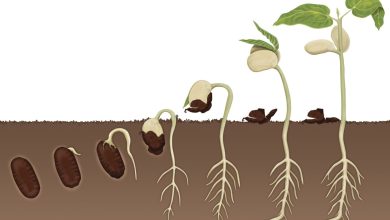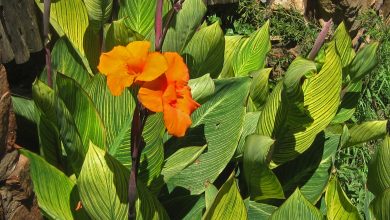Cuscuta, a parasitic plant capable of destroying entire crops

Cuscuta also known as Angel Hair . It is the only member of the Cuscutaceae family , but according to researchers they point out that it has characteristics of the Convolvulaceae (climbing plants).

Characteristics of the Cuscuta
It is a plant with thin stems , yellow, red or orange, although sometimes it grows with a greenish tinge. The leaves are tiny while the flowers are pink, white or yellow. The fruit is in the form of a capsule, which contains 2 to 4 seeds. These are round, gray or brown in color, and rough to the touch. The plant usually creates a tangle that curls into the host shrub.
It does not have chlorophyll, so it cannot carry out photosynthesis. For this reason it is a plant that seeks the necessary nutrients to survive, staying that way for years. It penetrates the culture tissue and begins to make physiological and anatomical connections, which causes the death of the roots of the dodder. In such a way that it creates modified roots, minimizing the yield of the plantation.
Control of the Cuscuta

It is important to act quickly when noticing any sign of the parasitic plant. The first thing is to extract the host crop very carefully so as not to scatter the seeds. So it must be cut below the point of attachment, otherwise the growth will follow. Then it is recommended to plant resistant species (ginger, grass, grasses, reeds, palm trees, banana or grass) for a couple of years.
If a scraper is used to extract the plant, it will return in a couple of months. So the ideal is to prune the branches and leaves of the host. Also, another recommendation is the use of saltpeter. This remedy is done by mixing a liter of water with 200 g of salt. Once it has been mixed, apply to the crop. But if the problem persists, you should use herbicides, or burn the dodder with a gas lighter.
Host plants
The dodder can affect horticultural and agricultural species such as dahlia, chrysanthemum, fern, petunia, alfalfa, potato, among others.
The spread of the parasitic plant is due to a considerable percentage of seeds that are dispersed in the field or the crop is infested. As well as the application of manure from animals that consumed hay contaminated with seeds of said plant.
So you should be very careful with this parasitic plant that without prior control can end the cultivation and the effort of months and months.
Images courtesy of: Forest and Kim Starr, Forest

![Photo of The Largest Tree in the World: [Height, Location and Characteristics]](https://www.complete-gardening.com/wp-content/uploads/2022/08/the-largest-tree-in-the-world-height-location-and-characteristics-390x220.jpg)


